Aranda\Lasch presents art park designs for sensitive ecological site in Bali
Chicago Architecture Biennial 2015: US firm Aranda\Lasch has unveiled plans for an art park for a Chinese-Indonesian philanthropist, proposed on terraced rice paddies in the Bali countryside (+ slideshow).
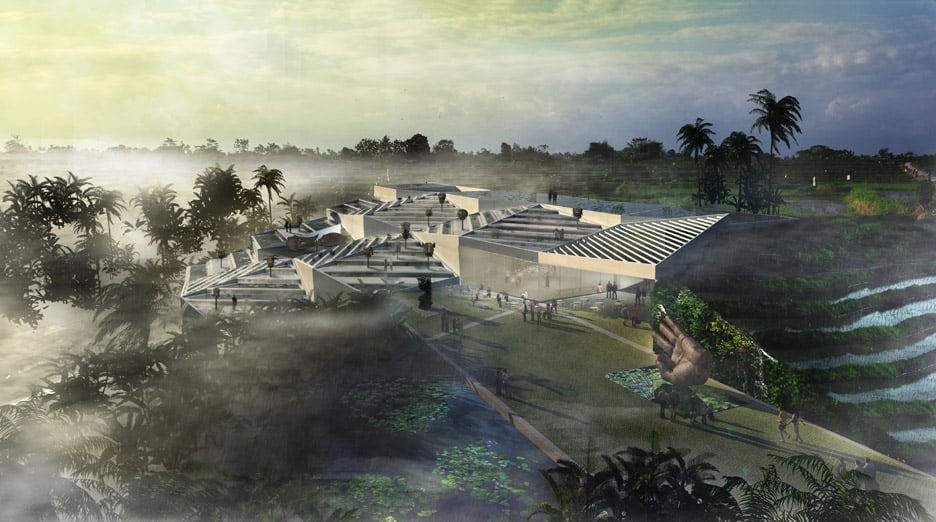
The project, called Budidesa, is featured in the Chicago Architecture Biennial, which opened on 3 October and continues to 3 January 2016.
The development will encompass 161,000 square feet (15,000 square metres) on a tropical site just north of Denpasar, the capital of Bali.
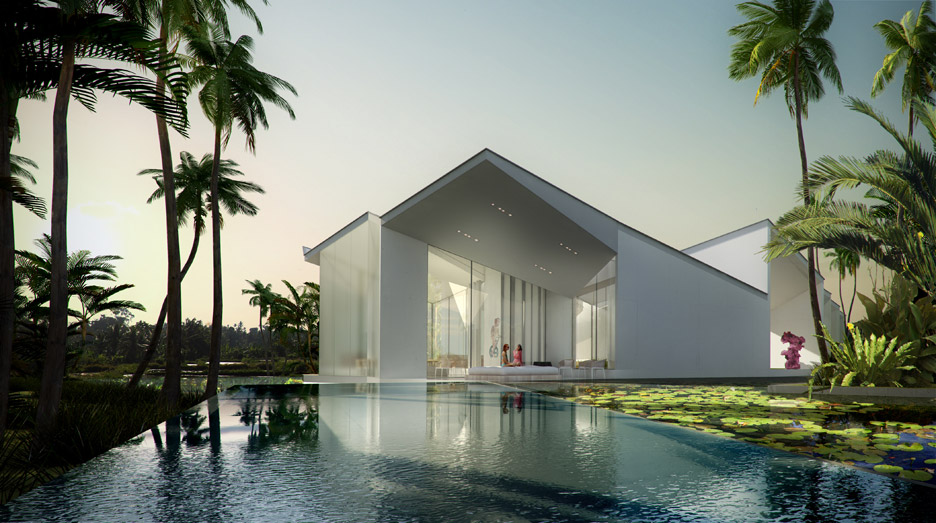
The area features hills covered in rice paddies, with a river at the base of the hills. "The rice paddies are terraced in a typical Balinese way as they descend down to a heavily forested valley along the Ayun River bank," explained Aranda\Lasch.
The brief called for gardens, exhibition space, artist residences and visitor housing, along with a family home for Budi Tek, a Chinese-Indonesian entrepreneur, philanthropist and art collector.
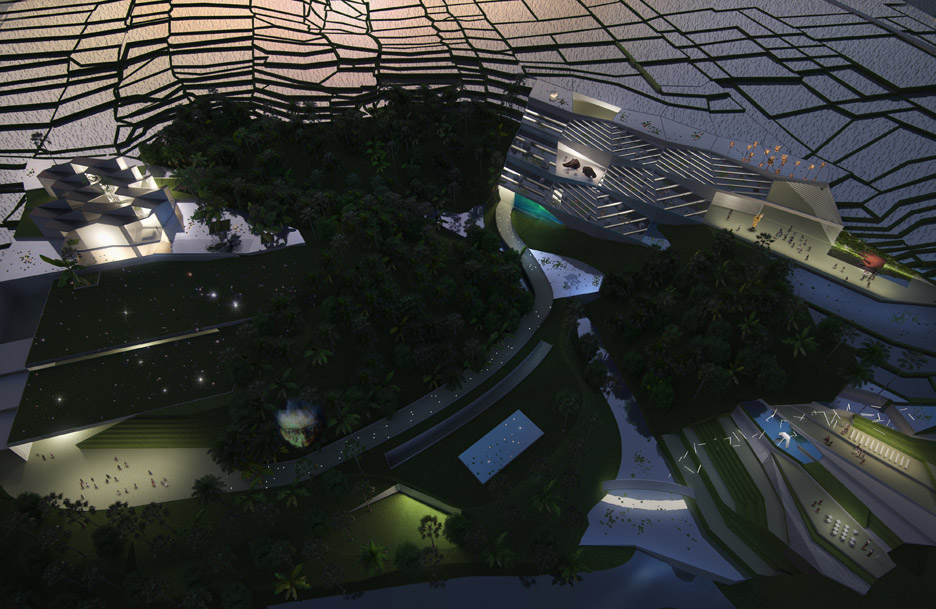
Tek started the Yuz Foundation to promote Chinese and Indonesian art and culture. The organisation has already built art museums in Shanghai and Jakarta.
Budidesa will serve as both the headquarters for Tek's foundation and the site of his personal home.
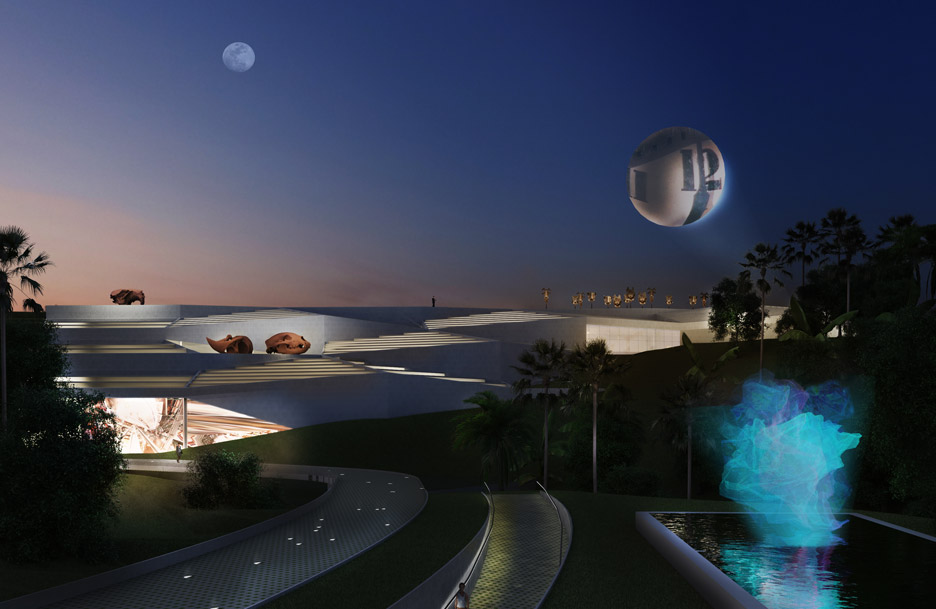
Aranda\Lasch compares the project to the remote Naoshima Island, which features a number of cultural attractions designed by Pritzker Prize-winning architect Tadao Ando, and the Brazil's Inhotim botanical garden, which features artwork and pavilions by noted designers and artists such as Anish Kapoor, Doug Aitken, Rodrigo Cerviño and Dan Graham.
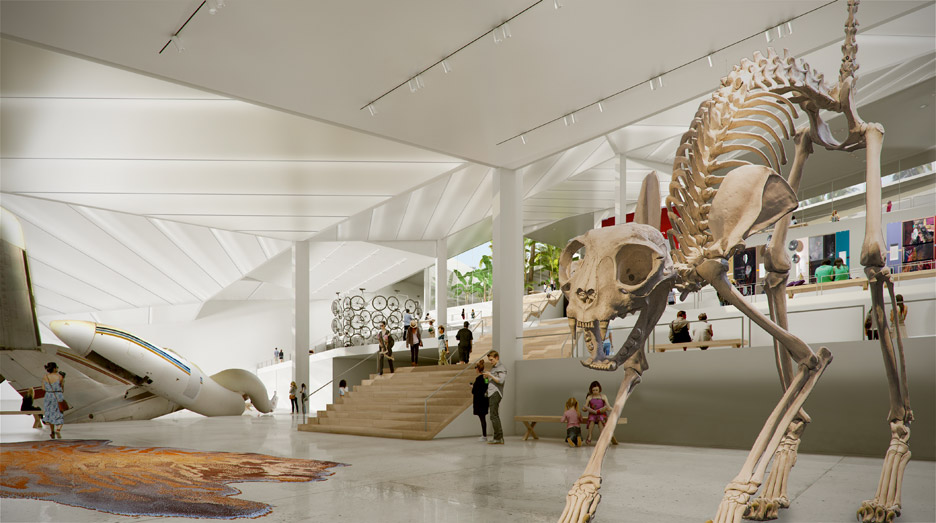
"This project fits into the increasingly prevalent model of the art foundation as cultural destination – such as the Island of Naoshima in Japan and Inhotim in Brazil – where the type of work being displayed represents the predilections of an individual collector," said the firm.
"In this case, Budi Tek's interests lie primarily in contemporary sculpture from both East Asian and Western artists."
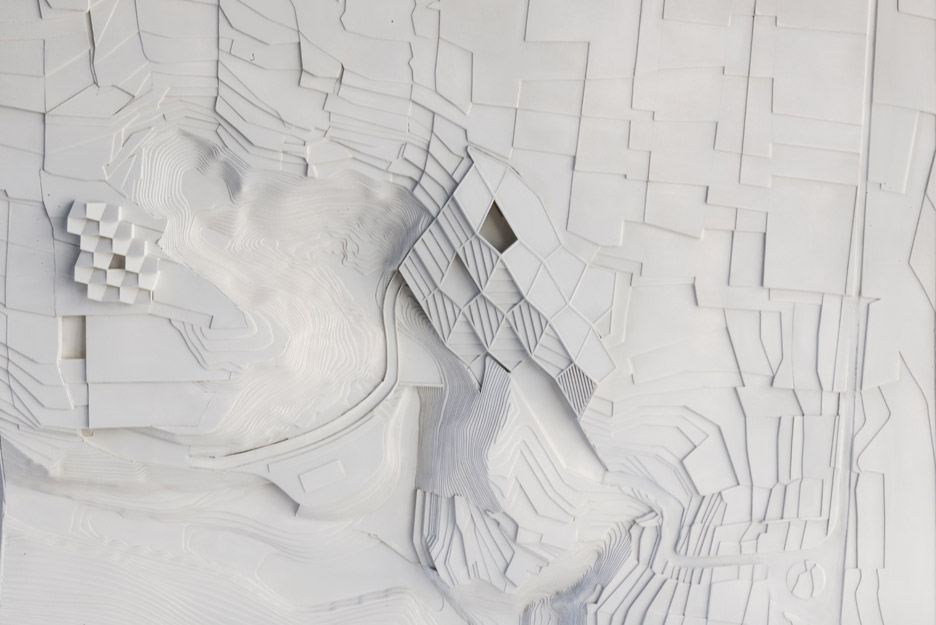
The Budidesa park will be organised along a continuous circuit through nature, with large-scale contemporary artwork on view. The area is known as the Balinese Subak Cultural Landscape – portions of which are a UNESCO World Heritage Site.
The surrounding rice paddies are watered through an ancient system called Subak. "Groups of farmers are organised in a network of local water temples, where the annual rhythm of water distribution is tuned through a collective, decision-making process," said the firm.
"The inclusion of contemporary art into this landscape is charged with problems and opportunities," it added.

The problems include the challenge of bringing non-indigenous art into a sensitive ecological and cultural area.
"But this is precisely the opportunity the project offers, showing how architectural and landscape design can help maintain the cultural identity of the Subak system while supporting a framework for the display of contemporary art," said the firm.

"The project will give heightened visibility to the Subak as an evolving system capable of sustaining new forms of culture, in the face of rising pressure from a growing population and increasing tourism," it added.
The Budidesa Residence, for Budi Tek, will be located within the park. The design merges Indonesian and Chinese vernacular design.
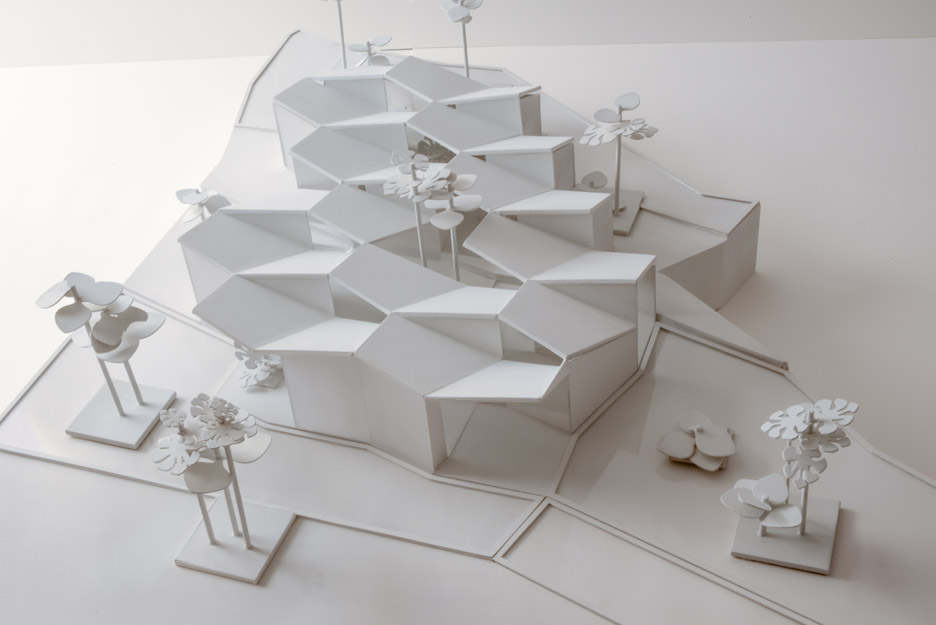
"In the Balinese House Compound, each room is a separate small building arranged dynamically across the site," said the firm. "In the Chinese Courtyard House, rooms are adjacent and arranged symmetrically around communal courtyard."
The firm said the Budidesa project is currently underway, as the first roads were constructed this past summer.
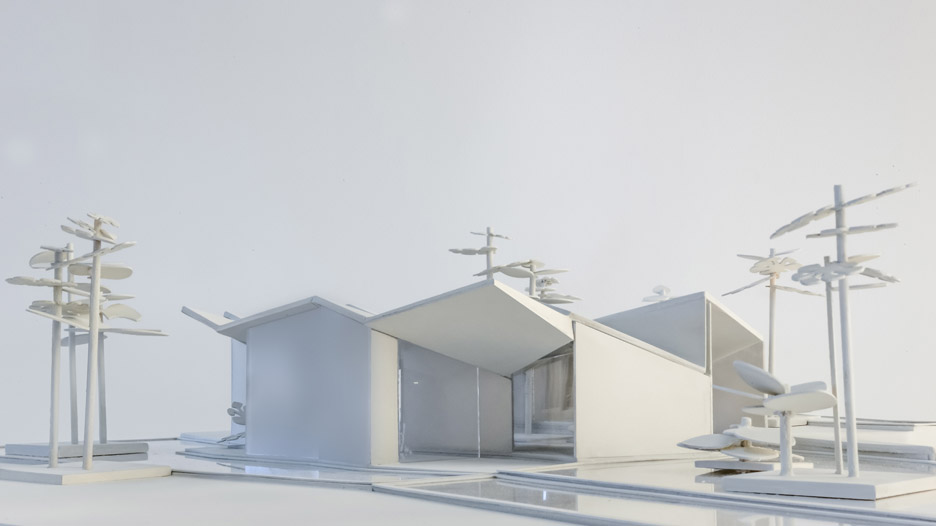
Aranda\Lasch was founded in 2003 by Benjamin Aranda and Chris Lasch. The firm – which has offices in New York and Tucson, Arizona – recently completed its first building: the Art Deco Project, a commercial structure in the Miami Design District for luxury retailers.
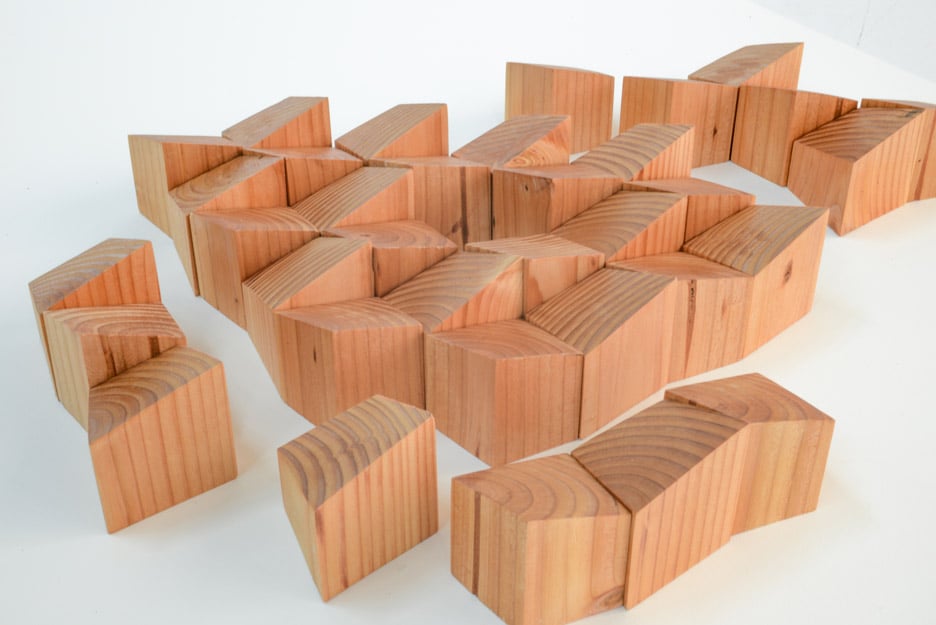
The Chicago Architecture Biennial opened to the public on Saturday and has been described as a "site of experimentation" by curators. Other projects on show include a series of 18 ideas for Chicago's future.